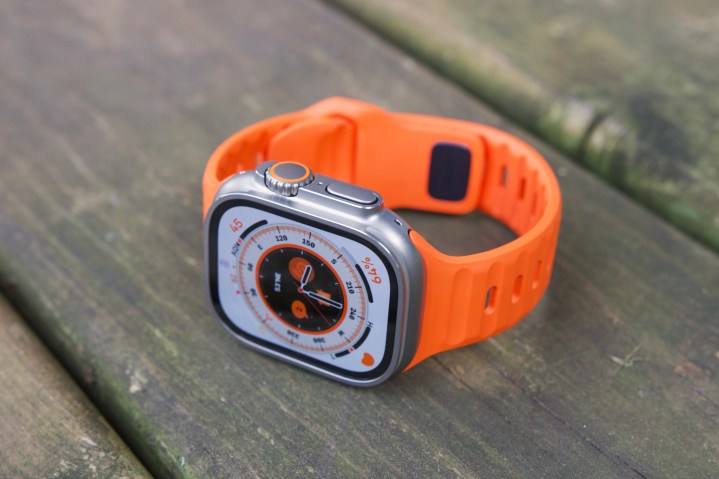
This has been a wild year for smartwatches. Yes, there have been plenty of great releases in 2023 (with more yet to come), but it’s also the year that I decided to really shake up my personal smartwatch collection.
This past March, I did the unthinkable and replaced my Apple Watch with a Garmin watch. After wearing an Apple Watch as my primary wearable for so many years, the appeal of more robust health tracking, effective running training, and days of battery life on the Garmin Forerunner 265 swept me off my feet.
But after nearly six months without an Apple Watch, I recently caved in and went back to Apple’s wearable. It’s a day I suspected would come at some point, but the reasons for my return to the Apple Watch aren’t exactly the ones I had anticipated.
I missed having a real smartwatch
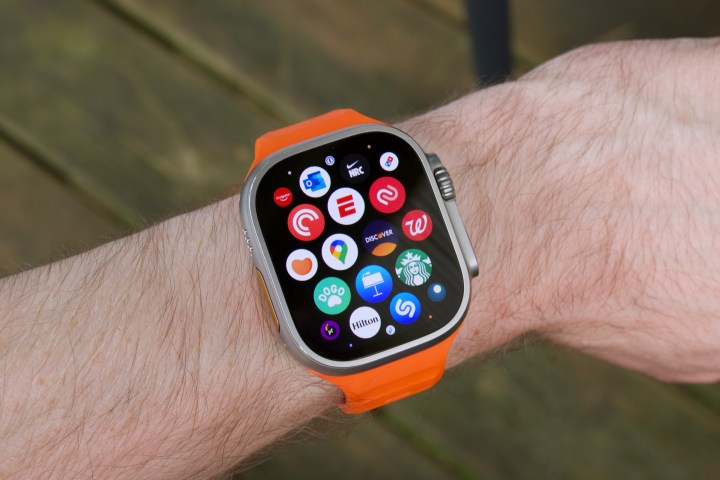
One of the main reasons I originally left my Apple Watch for a Garmin wearable was because of health and fitness tracking features. Whether it’s Garmin’s daily suggested running workouts, how it accounts for your body’s readiness for a given day, or the way Garmin wearables aren’t afraid to recommend rest days, it’s a more cohesive and sustainable approach to physical activity.
All of that is fantastic if I’m laser-focused on improving my VO2 Max or training to decrease my 5K race time. But what about everything else? That’s where I’ve missed the Apple Watch the most.
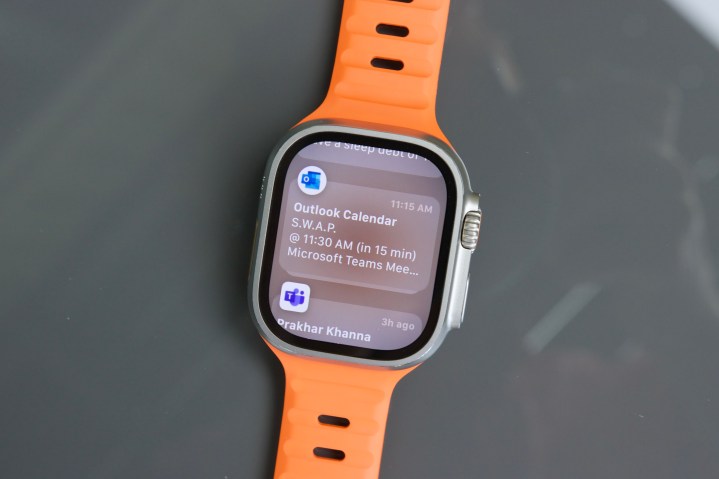
I particularly noticed this when I was switching apartments last month. The chaos of moving meant I was less stringent with my daily runs and visits to the gym, which meant less time for my Garmin to act as a fitness tool and more time for it to be a daily smartwatch. But the problem is that the Forerunner 265 isn’t a particularly good smartwatch.
How so? Garmin’s smartwatches aren’t well-suited for handling notifications. They show limited information, do a poor job of grouping lots of notifications together, and offer limited options for replying to them. There’s also the matter of limited app support, frustrating media controls, lacking voice commands — the list goes on.
It’s all helped me realize that, while I appreciate powerful fitness tools, I also want my smartwatch to be smart. The Apple Watch is exactly that, and going back to a proper smartwatch once again has been fantastic.
watchOS 10 has made a huge difference

I’ve always been quite happy with watchOS. It’s fast, responsive, easy to navigate, and has long been the gold standard for smartwatch software. Since returning to the Apple Watch, I’ve been using it with the watchOS 10 beta. And, somehow, it’s taken an already great operating system and made it substantially better.
One of my favorite new features has been the Smart Stack. Now, when you turn the Digital Crown while looking at your watch face, you get a stack of customizable widgets. You can use these widgets to see your current daily activity, a five-hour weather forecast, upcoming calendar appointments, etc.

It’s a brilliant idea that makes the Apple Watch feel legitimately more helpful. I no longer have to dig through the app drawer to check the status of a timer, see if there are any appointments for the day, or view my sleep stats from the previous night. All of the information I want is easily accessible, the widgets look fantastic, and they’re only bound to get better as more third-party apps jump on board.
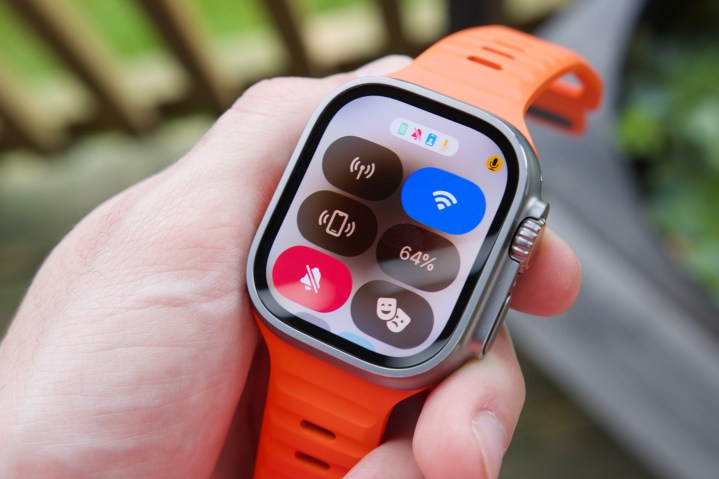
There’s another small tweak I absolutely love, and it’s how Apple changed the side button. Previously, pressing the side button on the Apple Watch showed a dock of your recently used apps. It was fine, but it also wasn’t something I ever found particularly useful.
In watchOS 10, pressing the side button now displays your Control Center. That means you can quickly turn on your flashlight, toggle silent mode, view your battery life, and more with just the press of a button. And it works whether you’re looking at your watch face, in the app drawer, or in another app. It’s a much better use of what often felt like an underutilized button, and that’s important when I’m coming from a watch that had five customizable buttons for me to play with.
Apple’s watch band system is too good
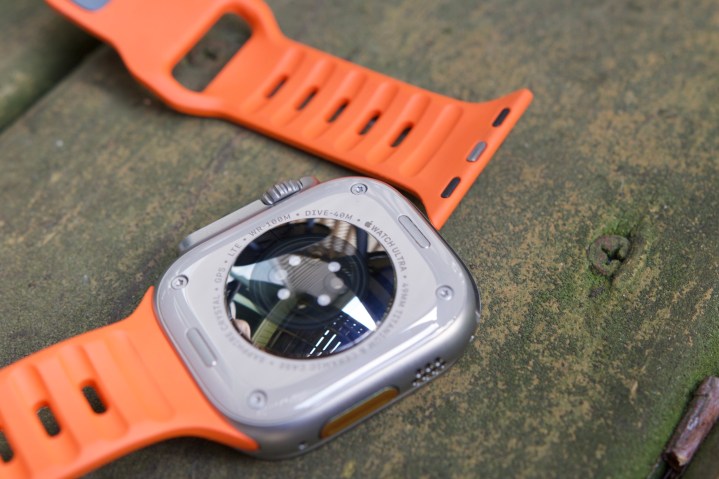
I never thought too much about watch bands before I ditched my Apple Watch earlier this year. I had a Nike one I used when running or at the gym, a fabric one I wore as my go-to everyday band, and a leather one I’d throw on when going out to dinner or to meet up with friends. Nothing remarkable, right?
That’s what I thought … until I transitioned to the Garmin watch. The Forerunner 265 uses standard 22mm watch bands, which means you can throw on any 22mm band and have it work just fine. It’s a similar thing with the standard 20mm bands you find on the Samsung Galaxy Watch 6 (and Galaxy Watch 6 Classic), and the 24mm bands on the TicWatch Pro 5.

Standard watch bands like this are great for having access to a massive collection of band possibilities, and it’s helpful if you move between different watches that use the same band size. But they’re also a pain in the butt to use.
I rarely changed the watch band on my Garmin Forerunner 265, largely due to the fact that fiddling with watch band pins was just enough of a hassle that I didn’t bother with it. Since going back to the Apple Watch, I’ve been reminded of how I took Apple’s proprietary band system for granted.
Are proprietary watch bands a good thing? Many would say that they aren’t, and there’s a very good argument for how Apple made a mistake with proprietary Apple Watch bands. But there’s also something amazing about Apple Watch bands: simplicity. Press a button, slide your band out, and pop a new one in — that’s it.
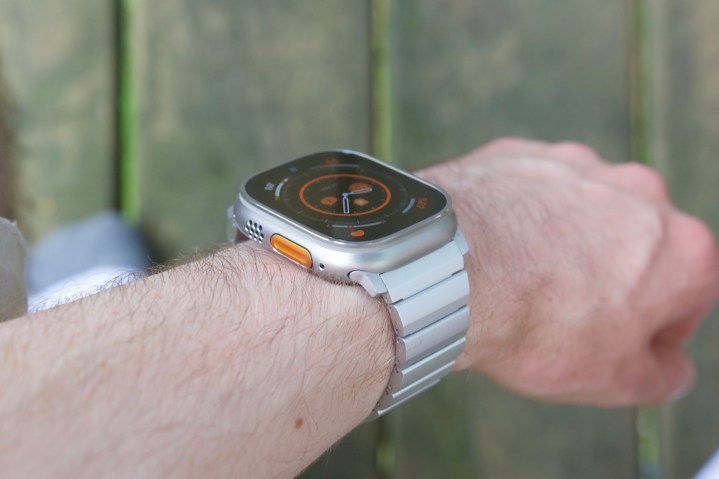
Since putting an Apple Watch back on my wrist, I’ve been switching between different watch bands like crazy. The Trail Loop band that came with my Apple Watch Ultra is super comfortable and a great everyday band. Nomad’s Sport Bands have been my go-to workout band, while the Nomad Aluminum Band is my new dressy watch band of choice. Watch bands are an integral part of any watch, and I forgot how meaningful it can be to use different ones for different occasions.
The Apple Watch Ultra effect
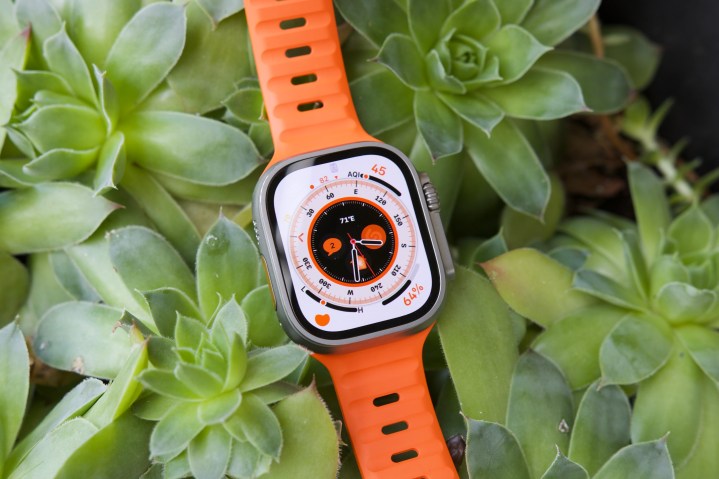
I had been using the Apple Watch Series 7 before moving over to Garmin world, but as mentioned above, my Apple Watch of choice is now the Apple Watch Ultra. I was hesitant when I first put on the Apple Watch Ultra — so much so that I thought I’d hate it! But as the days and weeks have progressed, I’ve learned to truly admire it.
One of those reasons is the Action button. Wearing a Garmin watch for so long means I’m now accustomed to blindly pressing buttons to start and stop workouts, and the Action button on the Apple Watch Ultra allows me to continue to do that.
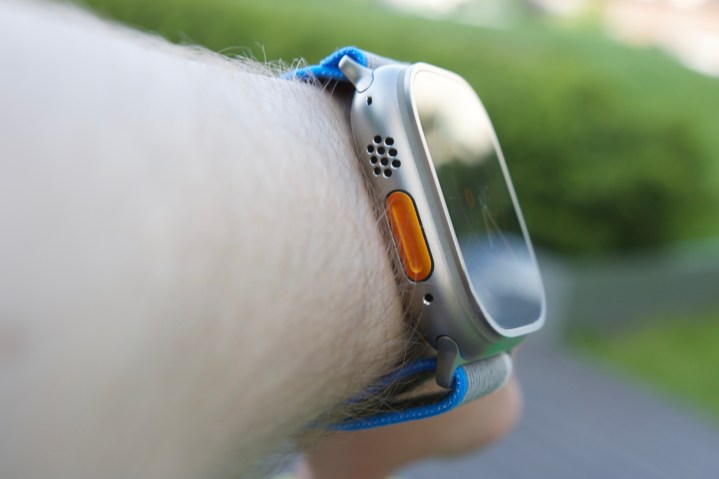
If I have to stop running to cross a road, I press the Action button and side buttons together to pause my workout. When it’s my turn to cross and start running again, I simply press the buttons once more to resume. I don’t have to fiddle with the touchscreen at any point, and as I’ve gotten more serious about my running form and pace, I’ve appreciated how much of a convenience that really is.
There’s also the matter of battery life. Although I can’t go a week in-between charges as I can with a Garmin watch, the Apple Watch Ultra does have the best battery life available on an Apple Watch today. I typically get through a day-and-a half before needing to refuel, and while it’s not the most convenient, it is a notable upgrade from my Series 7.
Finally, I think the Apple Watch Ultra looks fantastic. I never disliked how my Apple Watch Series 7 looked, but it also just felt like a blank slate with no real character. The Apple Watch Ultra is exactly the opposite, making a bold statement the second you put it on. I love that, and it’s been one of the few smartwatches I’ve felt proud to wear.
It’s the smartwatch I just can’t quit
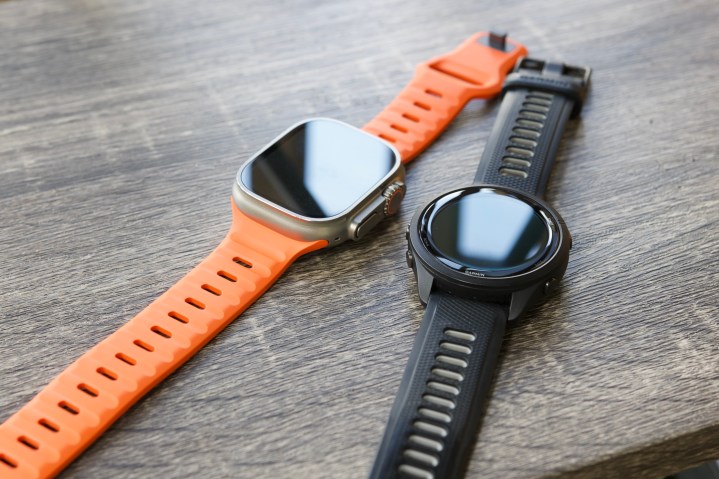
That’s all a long-winded and multifaceted way of saying I can’t escape the Apple Watch’s grip. I’m glad I took some time away from the wearable to explore other options for myself, but more than anything, doing so just made me appreciate how damn good the Apple Watch really is.
To be fair, I still don’t think the Apple Watch is perfect. I really want to see Apple’s fitness tracking account for rest days so that it’s more sustainable. Sleep tracking is embarrassingly bare-bones and needs a significant overhaul. And as much as I love Apple’s handcrafted watch faces (especially the Snoopy one in watchOS 10), we’re long overdue for custom third-party ones. But even with those nagging complaints, it’s the Apple Watch’s ability to do everything else so close to perfectly that I’m happy to wear one on my wrist in spite of them.
I’m excited to see what Garmin does next in the smartwatch space, and there are other exciting options coming soon, like the Google Pixel Watch 2. But going forward, it’s an Apple Watch that I’ll be wearing once more as my personal smartwatch. And you know what? I couldn’t be happier.
Editors' Recommendations
- I keep forgetting about the Apple Watch Series 9’s coolest feature
- Why you shouldn’t buy these 5 Apple Watch Series 9 alternatives
- 8 watches you should buy instead of an Apple Watch
- 5 features I want in the Apple Watch Ultra 3
- Why I ditched my iPhone 15 Pro for the Samsung Galaxy S24 Ultra




